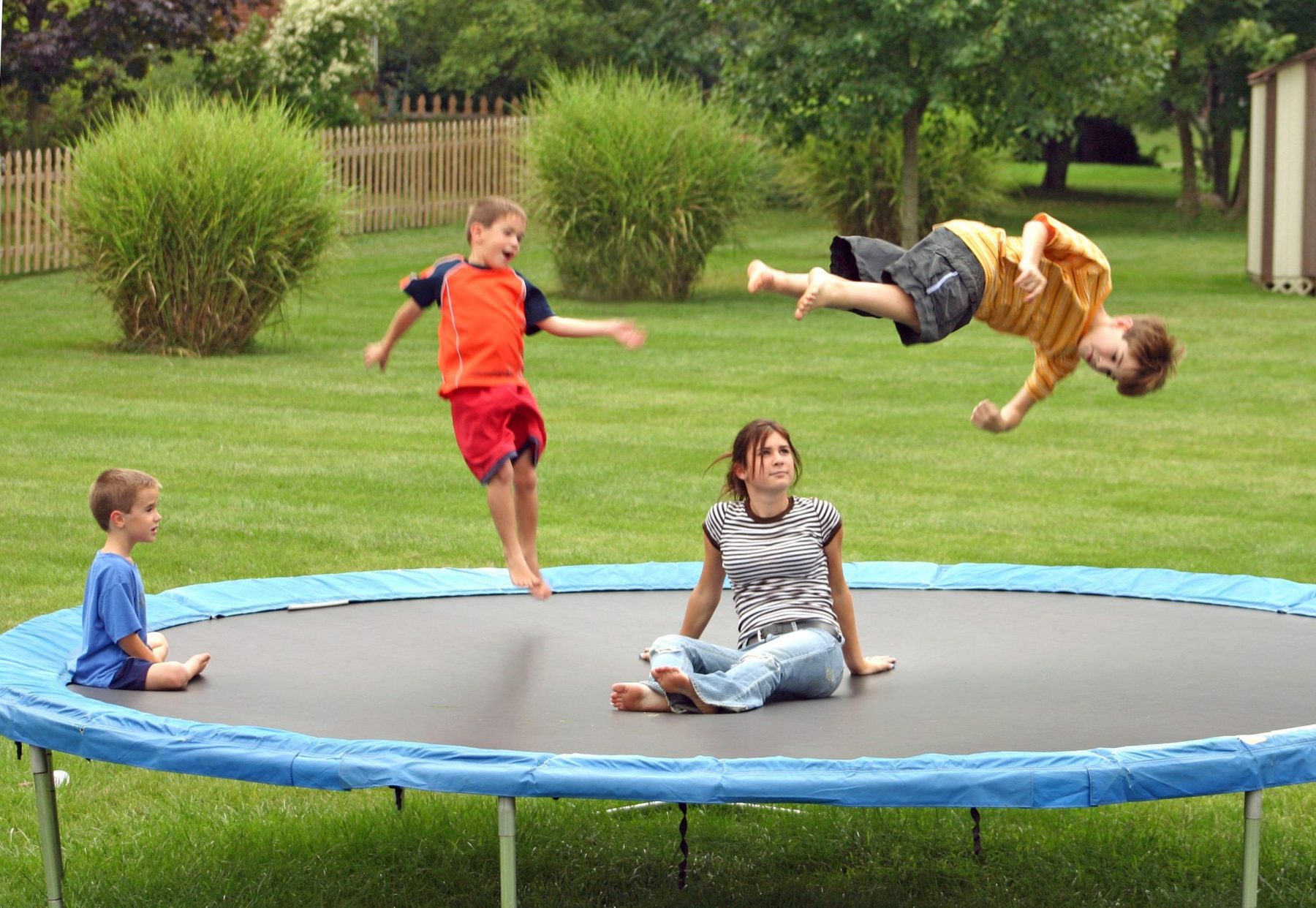Keep Your Spine Safe On The Trampoline This Summer
Category: Spine | Author: Stefano Sinicropi

From a child’s perspective, a trampoline looks like one of the coolest types of recreational equipment imaginable. To a parent, a trampoline oftentimes looks like an injury waiting to happen. And happen they do, as tens of thousands of children are injured on a trampoline every year. We can’t prevent every single injury on a trampoline this summer, but if you work to reduce risky activity, you can help to keep your child’s head and neck safe when they are jumping. Below, we take a closer look at why head and neck injuries can occur on a trampoline, and how you can work to prevent them.
Preventing Head And Neck Injuries On A Trampoline
Every year we see kids who suffered a concussion or spinal injury while jumping on a trampoline, and unfortunately they can be quite serious injuries. Falling off of a trampoline is a major cause of trampoline-related injuries, but it’s far from the only way injuries occur. Other leading causes of trampoline-related injuries include:
- Falling on a spring
- Failed flips or jumps
- Collisions with another jumper
As we mentioned above, not only are spine injuries common, they can also be severe. A review of US injury records found that 1 in every 200 trampoline-related emergency room visits results in permanent neurological damage, including but not limited to paralysis and death. Even if nerves aren’t involved, spine injuries can have long-lasting consequences for growing children and teens. If growth plates are affected or if spinal fractures affect the development of the spinal column, the effects of a trampoline-related injury can linger unless properly treated by a spine specialist.
Preventing & Treating Trampoline-Related Spine Injuries
So what can you do to prevent and treat trampoline-related spinal injuries? Well for starters, let’s take a look at the above list and make some common-sense adjustments. Help prevent spring-related injuries by covering the springs with padding or enclosing the trampoline so that children cannot land on the springs. Limit jumping to one jumper at a time and ensure that flips or dangerous stunts are not performed. Also, children under the age of 6 should not use a trampoline, and they should be regularly inspected so that any potential issues can be found before they contribute to injury.
Finally, if your child suffers a head or neck injury on a trampoline, or you witness another child suffer a possible injury, make sure they get immediate medical attention. Even if it doesn’t seem all that serious, the child should be examined by a medical professional to rule out nerve problems or to check for signs of a concussion. If a severe injury is evident, call 911 and do not move the child until professional help arrives.
Be safe on trampolines this summer, but if something goes awry, help ensure your child’s spine gets the treatment it needs by bringing them into a spine specialist’s office or to the emergency room. Dr. Sinicropi has a wealth of experience treating these types of traumas, and while he hopes you never need his help, he’s here to provide it if you do. For more information, give his spine team a call today at (651) 430-3800.